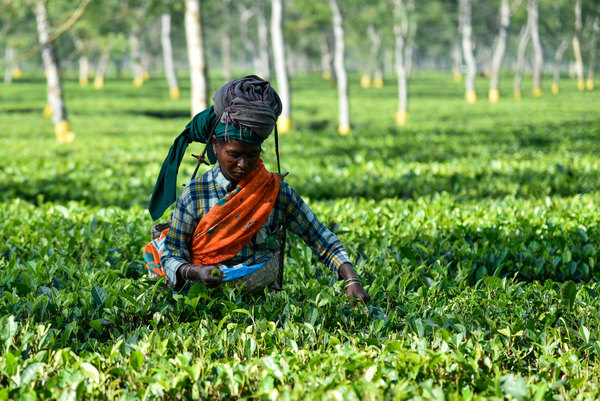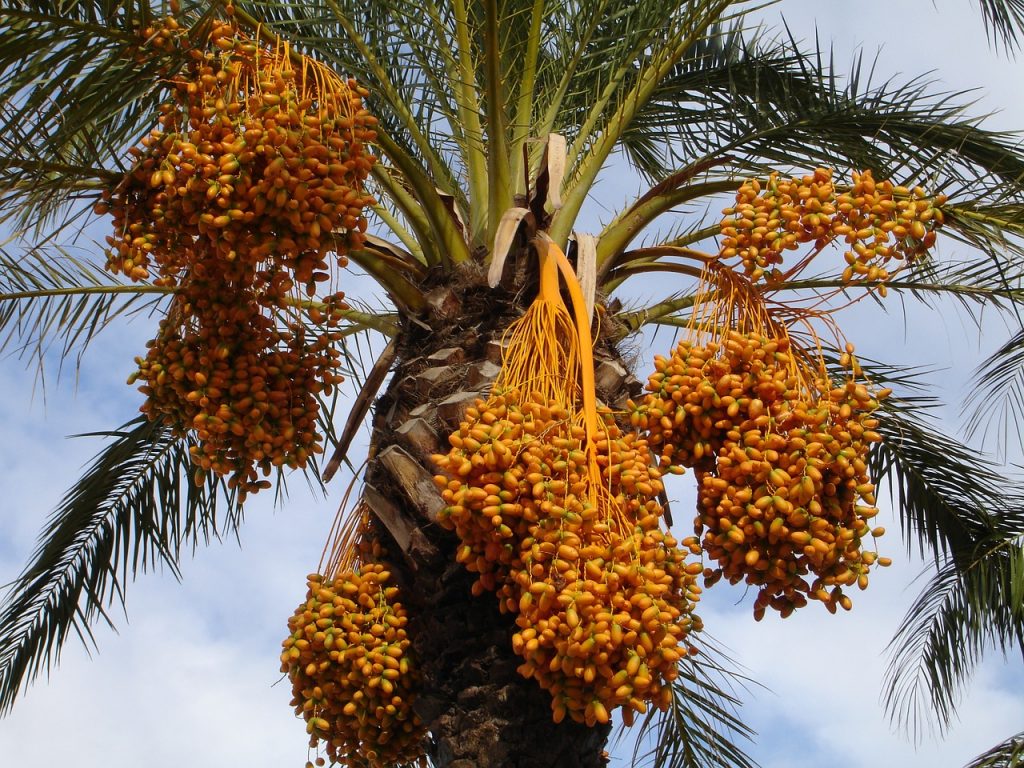How technology can change the way farming is conducted
The population of the Global South is growing rapidly. As populations grow so do requirements for food and nutrition and improvements in agricultural productivity and sustainability are essential conditions for development to take place. Some regions of the Global South have seen greater success than others in terms of agricultural growth, with low agricultural productivity attributed to lack of knowledge of up-to-date technologies and practices, as well as issues such as climate change. In recent years, to face these challenges, there has been growing activity around use of digital technology for agricultural and rural development in the Global South, to address knowledge gaps, and to establish the building blocks for new rural services.
The palm oil debate continues
Nowadays palm oil has become ubiquitous as an ingredient across our supermarket shelves, from peanut butter to crackers it is in almost everything. It is also found in nearly half of all household products in developed countries. However, this is a relatively recent trend and given that the demand has increased so quickly, you…
This World Environment Day it’s time to beat plastic pollution
World Environment Day, held annually on 5th June, is considered to be the UN’s most important day for promoting global awareness and action to protect the environment. This year’s theme is one that shines a spotlight on what has become a particularly hot topic over the last year – plastic pollution. Coincidentally, it was also…
Mapping out ‘Biological control for a healthy planet’ – notes from a China conference
By Dr Sivapragasam (Siva) Annamalai, Regional Director/Plantwise Regional Team Leader at CABI More than 1000 biological control researchers and practitioners from 46 countries came together in Beijing, China during the week of 14 to 16 May 2018 to participate in this First International Congress on Biological Control (ICBC-1). The theme of the Congress was “Biological…
To bee or not to bee
This Sunday the UK celebrated World Bee Day (May 20th); the first year of the now to be annual UN awareness event aimed at increasing our sensitivity to the global importance and increasing struggle of pollinators. Whilst the event hopes to increase understanding of pollinators generally, including butterflies, moths, birds and bats, the focus is…
Making progress on the biological management of Red Palm Weevil at KhairPur – Sindh
By Riaz Mahmood and Naeem-ul-Haq, CABI Central and West Asia (CWA), Rawalpindi Date palm (Phoenix dactylifera L.) is of high economic importance for livelihood for hundreds of farmers families in Pakistan. Fruit and tree parts are of many uses. Date palm trees are spread over 98,000 hectares across Pakistan making it the fifth largest date…
It must be Halal, right?
The world Halal food market is valued at $700 billion. Pakistan only contributes $28 million, less than 0.5%, to this market despite having the second largest Islamic population in the world. In Pakistan, although roughly 97% of the population follows Islam, there is not a single Halal certified food chain in the country. A recent…
A conversation on ‘Communicating Evidence for Sustainable Development’
Last month two CABI employees, Solveig Danielsen and Paul Day, attended a conference at Wageningen University on Communicating Evidence for Sustainable Development. Sol works in the Monitoring and Evaluation team (M&E) and Paul is a communicator. The conference led to a lively conversation which we captured here.
How can we ensure safety in Events Management, Religious Festivals, and Tourism?
By Maximiliano Korstanje One of the aspects that motivated me to write a book which focuses on Event Management Security as the main object of study was the need to understand what we, the experts in terrorism and political violence, can do in order for tourist destinations to be protected. Although some sociologists have claimed…
Phytosanitary Risk Management Programme – transforming livelihoods in Pakistan
Meet Rozina Babar, she is one of thousands of smallholder farmers in Pakistan whose livelihoods are threatened by agricultural pests and diseases that can devastate crops and ultimately have a severe impact on food security and profitability. However, thanks to the CABI-led Phytosanitary Risk Management Programme – funded by USAID-USDA and working with partners including…





